#agricultural buildings
Text
Recycle
Not to go into too much background detail, quite a few of you already know it, but my family had been cleaning up the Situation at my late father's farm for years, even before he passed away. Our beloved [hmph] county has limited recycling options. In fact, for "chemical waste" there is only ONE DAY every TWO YEARS that you can drop off things you want to get rid of responsibly. Bearing in mind that, in a rural area, just taking a jug of ??whatever?? and dumping it somewhere is 1) wrong but 2) absolutely guaranteed to go unnoticed and unpunished.
We don't want to do that! We want it properly and safely recycled. But what we have, after investigating all eleven buildings on the farm where junk was stashed, is an enormous quantity of jugs, containers, buckets, and decomposing paper bags of. stuff. Old agricultural stuff, mainly, but also machinist/metal-working stuff. Most of it unlabeled, or with labels too old and worn to be read. The large glass jug of concentrated sulfuric acid was an anomaly in that it was clearly labeled in in a proper container (glass wine jug, but hey, glass is glass)
We had quite a lot of this already gathered up in October of 2019 (ha! The good old days! so quaint!). However, that October we were also planning and preparing to be a temporary wedding venue; my brother and SIL were getting married the next weekend and that had to be a priority over recycling.
October 2021 rolled around, but my husband and I were both a little distracted and, honestly, we just forgot about it. There's almost NO advertisement of this event, by the way. We were aggravated, but there was nothing to do but stockpile all that damned chemical waste for another two years.
Yesterday my husband very c-a-r-e-f-u-l-l-y loaded the bed of his pickup truck with all this . . . mess. Buckets, bottles, plastic, glass, cardboard, bags. It FILLED the 8-foot bed of the pickup. And this morning, early, he very c-a-r-e-f-u-l-l-y drove off to the county fairgrounds, to turn it all in. It will be quite a large relief to all of us to have this done with.
Damn, Dad. How DID you make SUCH a mess of this farm. How?!!!



[These are old pix from January 2021]
29 notes
·
View notes
Text

Some rural buildings somewhere in one of the less built-up areas of the Fylde Coast.
5 notes
·
View notes
Text
Legit though, we should start turning ecosystem restoration and work to make our world more tolerant to the effects of climate change into annual holidays and festivals
Like how just about every culture used to have festivals to celebrate the beginning of the harvest or its end, or the beginning of planting, or how whole communities used to host barn raisings and quilting bees - everyone coming together at once to turn the work of months or years into the work of a few days
Humble suggestions for festival types:
Goat festival
Besides controlled burns (which you can't do if there's too much dead brush), the fastest, most effective, and most cost-efficient way to clear brush before fire season - esp really heavy dead brush - is to just. Put a bunch of goats on your land for a few days!
Remember that Shark Tank competitor who wanted to start a goat rental company, and everyone was like wtf? There was even a whole John Oliver bit making fun of the idea? Well THAT JUST PROVES THEY'RE FROM NICE WET PLACES, because goat rental companies are totally a thing, and they're great.
So like. Why don't we have a weekend where everyone with goats just takes those goats to the nearest land that needs a ton of clearing? Public officials could put up maps of where on public lands grazing is needed, and where it definitely shouldn't happen. Farmers and people/groups with a lot of acres that need clearing can post Goat Requests.
Little kids can make goat-themed crafts and give the goats lots of pets or treats at the end of the day for doing such a good job. Volunteers can help wrangle things so goats don't get where they're not supposed to (and everyone fences off land nowadays anyway, mostly). And the goats, of course, would be in fucking banquet paradise.
Planting Festival and Harvest Festival
Why mess with success??? Bring these back where they've disappeared!!! Time to swarm the community gardens and help everyone near you with a farm make sure that all of their seeds are sown and none of the food goes to waste in the fields, decaying and unpicked.
And then set up distribution parts of the festival so all the extra food gets where it needs to be! Boxes of free lemons in front of your house because you have 80 goddamned lemons are great, but you know what else would be great? An organized effort to take that shit to food pantries (which SUPER rarely get fresh produce, because they can't hold anything perishable for long at all) and community/farmer's markets
Rain Capture Festival
The "water year" - how we track annual rainfall and precipitation - is offset from the regular calendar year because, like, that's just when water cycles through the ecosystems (e.g. meltwater). At least in the US, the water year is October 1st through September 30th of the next year, because October 1st is around when all the snowmelt from last year is gone, and a new cycle is starting as rain begins to fall again in earnest.
So why don't we all have a big barn raising equivalent every September to build rain capture infrastructure?
Team up with some neighbors to turn one of those little grass strips on the sidewalk into a rain-garden with fall-planting plants. Go down to your local church and help them install some gutters and rain barrels. Help deculvert rivers so they run through the dirt again, and make sure all the storm drains in your neighborhood are nice and clear.
Even better, all of this - ESPECIALLY the rain gardens - will also help a ton with flood control!
I'm so serious about how cool this could be, yall.
And people who can't or don't want to do physical stuff for any of these festivals could volunteer to watch children or cook food for the festival or whatever else might need to be done!
Parties afterward to celebrate all the good work done! Community building and direct local improvements to help protect ourselves from climate change!
The possibilities are literally endless, so not to sound like an influencer or some shit, but please DO comment or reply or put it in the notes if you have thoughts, esp on other things we could hold festivals like this for.
Canning festivals. "Dig your elderly neighbors out of the snow" festivals. Endangered species nesting count festival. Plant fruit trees on public land and parks festival. All of the things that I don't know anywhere near enough to think of. Especially in more niche or extreme ecosystems, there are so many possibilities that could do a lot of good
#climate change#climate action#climate crisis#climate hope#solarpunk#hopepunk#hope posting#community building#ecosystem#ecosystem restoration#forest fire#fire prevention#flood#flood prevention#harvest#harvest festival#regenerative agriculture#modern farming#water conservation#meteorology#festival#not news#hope#climate optimism
3K notes
·
View notes
Text

Deer Isle Barn - Susan Cohen
American , b. 1928s
Oil on linen , 16 x 20 in.
97 notes
·
View notes
Text







HUYS Centre, Eeklo, Belgium - ZOOM Architecten
#ZOOM Architecten#architecture#modern architecture#design#interiors#design blog#construction#building#minimalistic#contemporary#cool architecture#cool design#old and new#old building#renovation#reuse#barn#farm#agricultural#timber#timber frame#brick#brick architecture#tower#glass#community center#belgium#concrete floors#metal roofing#barn conversion
131 notes
·
View notes
Text
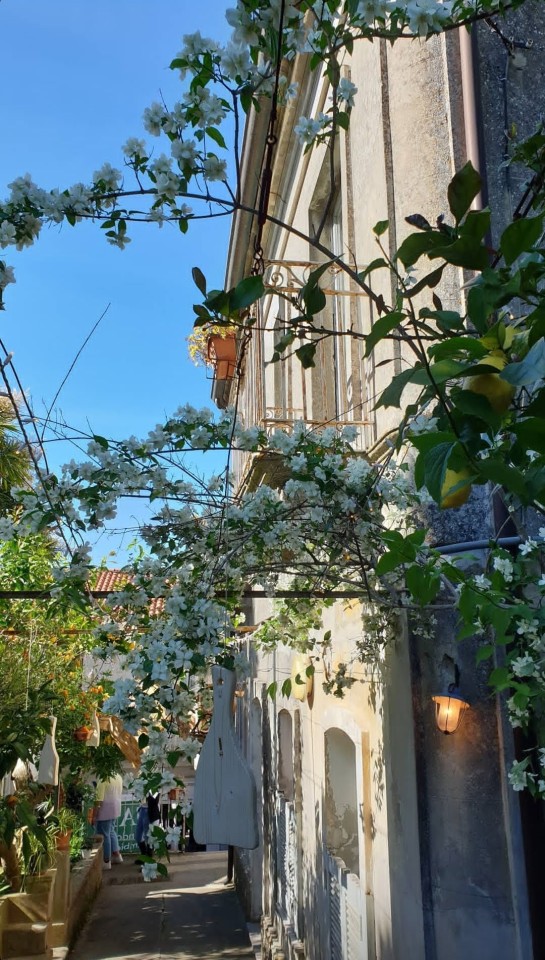
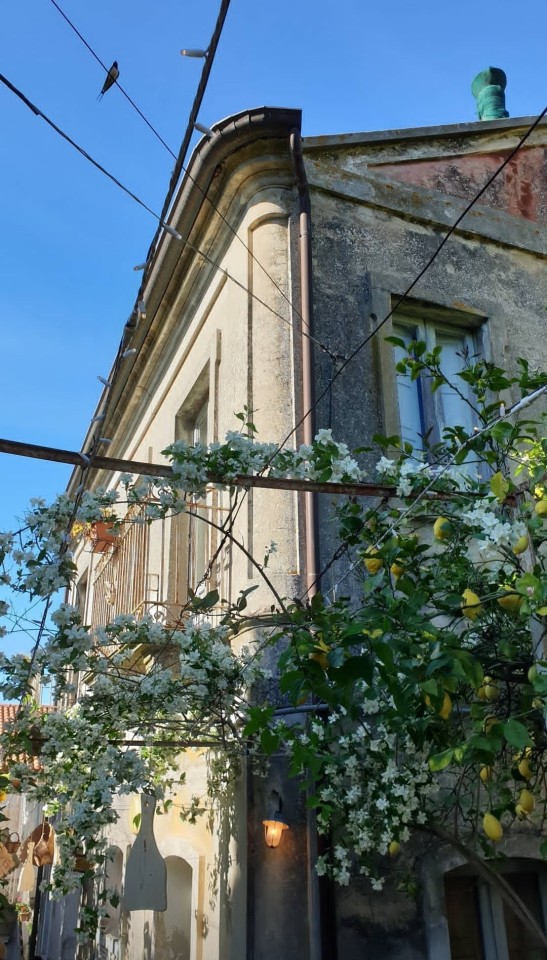

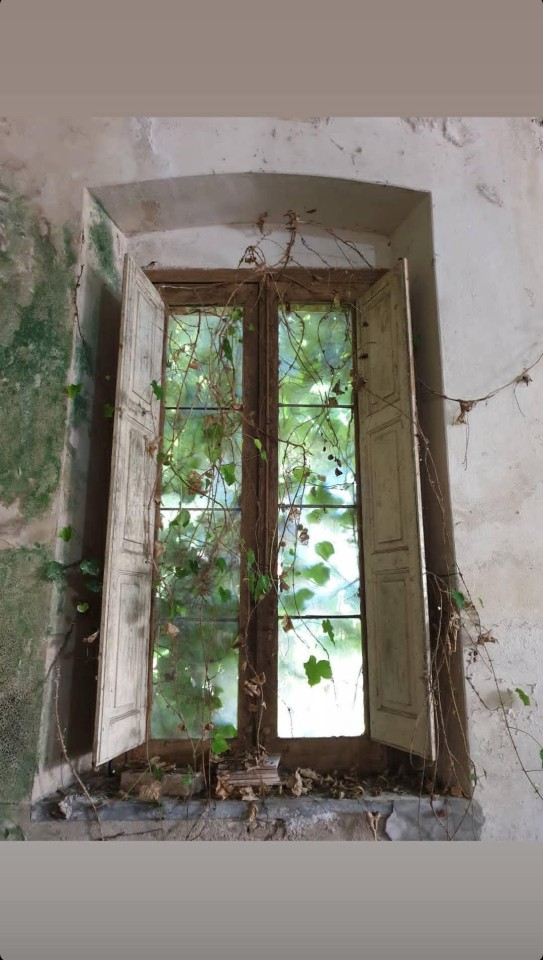
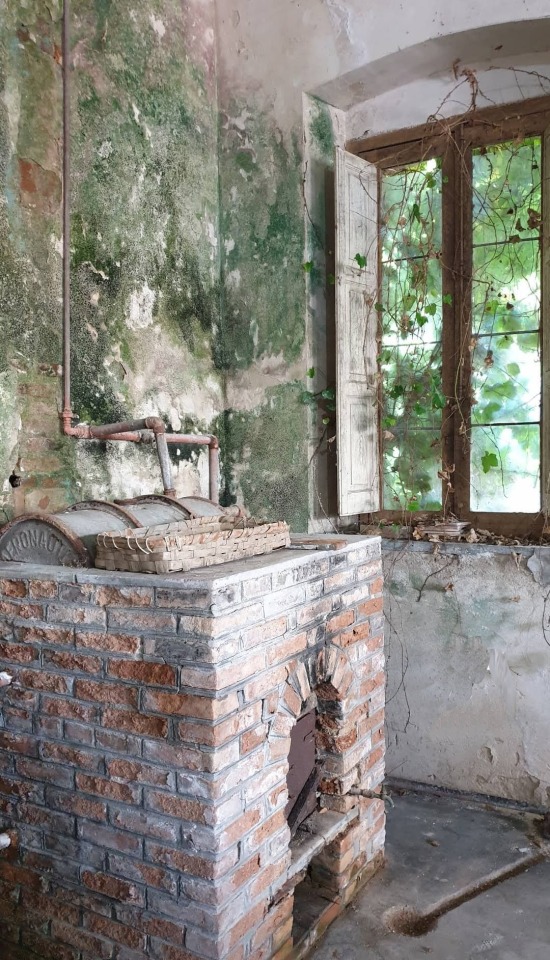
Urban exploration in Cessaniti, Calabria, Italy
Follow us on Instagram, @calabria_mediterranea
#cessaniti#calabria#italy#italia#south italy#southern italy#urbex#abandoned place#abandoned places#flowers#mediterranean#citrus#lemons#lemon#agriculture#buildings#building#abandoned buildings#urban exploration
56 notes
·
View notes
Text


It doesn’t take a health food nut to see that modern society has a dysfunctional relationship with food. As in almost every other arena of life, our priorities are elsewhere — if not in wage slavery and staying out of debt, then in escapist entertainment or selfnumbing addictions. Even among radicals and anarchists, healthy and mindful dietary practices are often considered a luxury reserved for that mythical post-revolutionary era that we are supposedly laying the groundwork for, when our children’s children, or their children, can enjoy safe, pure, nutritious food. Sounds like a plan. Except for a few things...
While time frames are questionable, there is no denying that the current food production system is a recipe for disaster. Soils are becoming sterile, salinated and toxic, eroding into streams and poisoning irrigation and drinking waters. As is a basic natural inclination, “weeds”, insects, viruses, fungi, and bacteria are adapting to each new, stranger dose of pesticide and herbicide with a vengeance/developing resistances that rival that of the pathogens resisting antibiotic drugs in medicine. The health crises resulting from the malnutrition of the industrialized west — and those outside the west who have been force fed our diets for a century or more — multiply and deepen faster than the pharmaceutical industry can develop their quick fixes.
More fundamental problems like global warming, species extinctions, and polluted waters, all of which affect agriculture and health profoundly, complicate the crisis. So when passing off the job of steering our food systems back on a path of ecological and social sanity, just what is it we are asking future generations to inherit?
#agriculture#cultivation#gardening#permaculture#witch hazel#small farms#solarpunk#small farm movement#community building#practical anarchy#practical anarchism#anarchist society#practical#revolution#anarchism#daily posts#communism#anti capitalist#anti capitalism#late stage capitalism#organization#grassroots#grass roots#anarchists#libraries#leftism#social issues#economy#economics#climate change
14 notes
·
View notes
Text

#abandonedcore#upland#agriculture#house#derelict building#mist#Muirkirk#derelict#places#Aikencleugh#scotland#scottish ruins#stone buildings#fog#fogcore#foggy#gloomy#gloomcore
11 notes
·
View notes
Text
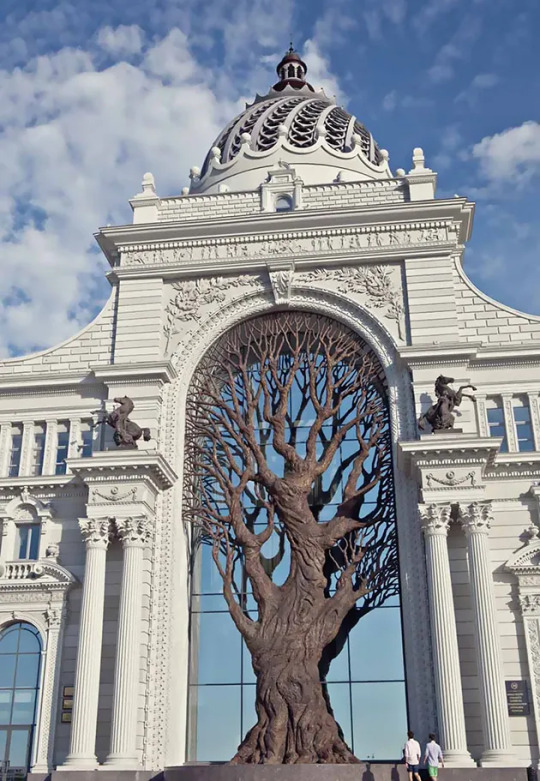


Ministry of Agriculture of the Russian Federation - Building in Kazan, the capital of Tatarstan in the Russian Federation
#ministry of agriculture#building#kazan#the capital#tatarstan#russian federation#russia#rusia#europe#europa
195 notes
·
View notes
Text
An old hay barn built in the 40s, which I painted to look as it did when newly built:
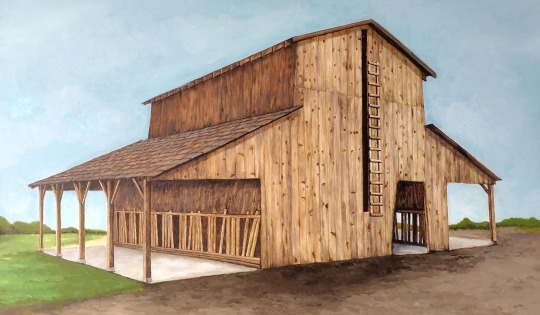
Here is a photo of the barn as it looks now:

Below are other reference photos:
I found a local building with shingles like those the barn originally had, and found a picture of a young cedar fence on the internet I used to imitate the original color of the cedar barn.

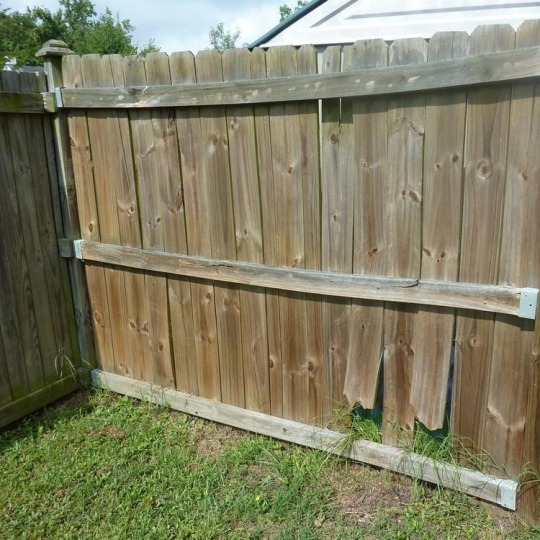
I painted this barn as a commission for someone:
Her father built this barn, and now it needs to be torn down. She wanted a picture of it the way she remembered it as a child, so she asked me to reconstruct it in a painting.
The barn was built for cows to feed at, and she explained how it was constructed:
The barn was filled to the roof with loose hay, which would be accessible at the feeding stations under the two side roofs. The walls are sloped so the pressure of the massive hay pile doesn't bow them outward. Her father climbed the ladder next to the long window going up the side of the barn to reach the top of the stack to add more or spread out the hay more evenly.
Media: watercolor on Claybord
#art#artists on tumblr#old barn#old building#traditional art#history#agriculture#cows#my art#my artwork#painting#watercolor#original art#americana#rural aesthetic#abandoned buildings#ruralcore#farmland#barn
20 notes
·
View notes
Text
decided to put the various doorways into bubbles on a tree and it's starting to look cool :3

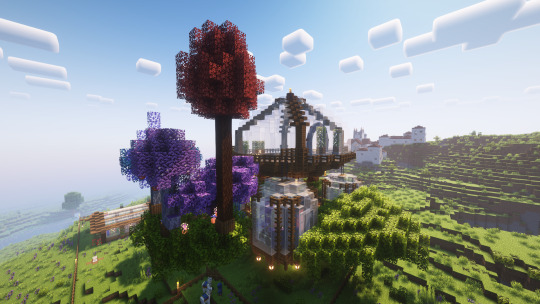
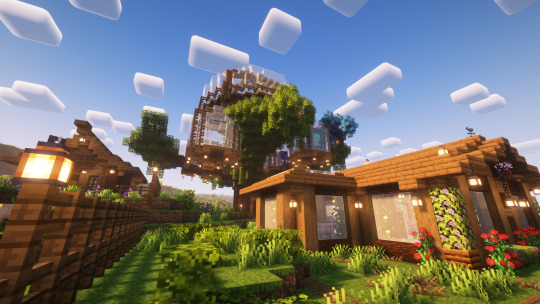
already went to the Blue Skies dimensions, so that side is progressing nicely :D the other side is for Nether and Aether shenanigans, and i'll have twilight Forest under the tree in a canopy-like thing (future project). i'll probably have a basement for the underdark gate, but i don't know yet, don't really know what that dimension is good for :D
my minecraft builds
#minecraft#modded minecraft#minecraft build#inky's minecraft adventures#i'm having a lot of fun yes#gonna try growing stuff next mystical agriculture looks promising#inky's mind
14 notes
·
View notes
Text



Chiusdino (2) (3) by Michele Palombi
Via Flickr:
(3) Val di Merse.
11 notes
·
View notes
Text
"A new community housing development in the Bronx will feature a cool piece of kit: an on-site aerobic digester that can turn 1,100 pounds of food scraps into 220 pounds of high-quality fertilizer every single day.
Built by Harp Renewables, it’s basically a big stomach filled with bacteria that breaks down food scraps and wasted food into their component parts, and in the future could be a standard part of all apartment units as the amount of food waste in American reaches 30% of the total mass of all trash collection.
The Peninsula, organized by Gilbane Development Company, will feature 740 units of affordable housing, 50,000 square-foot light industrial space and equal sized green space, and 15,000 feet of commercial space, all of which will send their castaway comestibles right into the digester...
Fast Company reports that Christina Grace, founder of a zero-waste food management company, helped plan the design and implementation of the digester into The Peninsula, and helped organize a 40% grant from the city to pay the $50,000 upfront cost.
“The goal is for this material to work its way into the community garden network in the Bronx,” [Christina Grace, who helped plan the design] told the magazine, adding that she expects it to pay for itself over just a few years. “We see this as highly replicable in both commercial and residential venues. We know there’s a need for fertilizer.”
Producing fertilizer right there in the city reduces the need for it to be trucked in from afar, chipping away, even if just a bit, at NYC traffic.
Big problem solver
Perhaps uniquely beneficial to New York City compared to other spots in the U.S. is that the digester will have a significant impact on the Bronx’s share of the city’s rodent problem.
Those who’ve watched the Morgan Spurlock documentary Rats will understand why that’s significant—while those that haven’t will have to imagine what living in a megacity where rats outnumber people by around 8 or 10 to 1 looks like.
Another big problem the bio-digesters could potentially help is pollution and greenhouse gas emissions. Fertilizer is a big emitter of all three of the most-targeted GHGs. Fertilizer, like quarry dust and ammonia is, like so many commodities, often imported from countries who specialize in its production, such as Norway, but also Russia and Ukraine, whose conflict has recently highlighted the fragility of the supply chain with sharp increases in prices...
Bio-digesters by design keep the CO2 and methane in the fertilizer produced, rather than it entering the atmosphere.
For these reasons and more, the aerobic bio-digester is slowly making its way into residential and industrial spaces around the country.
GNN reported on an enormous bio-digester at the heart of the D.C. advanced resource (sewage) recovery center outside the capital, and on the use of bio-digesters on Australian pig farms which are helping reduce the environmental and psychological impact of the effluent produced from such operations.
Harp Renewables tweeted how happy they were to have installed their bio-digester in the town of Cashel, Ireland.
Expect to see more stories like this pop up around the globe."
-via Good News Network, March 17, 2022
Note: Obviously gentrification bad and "affordable housing" is sometimes nowhere near as affordable as it should be, etc. etc. That said, this is such a fantastic use case that I felt I had to post it anyway.
#new york#new york city#bronx#bronx new york#supply chain#fertilizer#circular economy#sustainability#sustainable architecture#sustainable agriculture#united states#apartment buildings#bio-digester#good news#food waste#organic waste#hope#hope posting
324 notes
·
View notes
Text
I would really like somehow someway to put my education in agriculture towards a social movement -- in food sovereignty and sustainable systems, and things like that. But honestly I have no clue how to do so. Where I am agriculture is very dominated by more privileged white farmers that can afford technological and chemical solutions to problems, and so conventional ag is the dominant system. Everything I've read thus far makes it sound like the only way to influence that group of people is to establish a farm myself and have them come around eventually by proving I'm not insane (and proving that I make a profit), which would require personal capital that I simply don't have and couldn't get for years (if even, in this economy). There is a city nearby but it doesn't have an urban agriculture movement like a lot of major cities do, as far as I'm aware at least.
Idk, I've been spending a lot of time frustrated at the existing possibilities of what I can do where I am with my degree, that maybe I haven't been thinking and learning outside the box enough. I think I'm going to move towards learning more about grassroots movements and organizations and being a good community member. I feel that might reveal a door I can't see right now.
#rambling#if anyone has resources on community building and grassroots movements i would love u so much#but I'm going to look around myself as well#agriculture#agroecology#food sovereignty#it doesn't help that I'm an introvert but I'm determined to wedge myself in somewhere
22 notes
·
View notes
Text
Worldbuilding concept I made but never used: Demons and vines
One corner of this world is choked in vines with a sinister character

It poisons the soil to prevent anything else from growing, blankets the ground and climbs any building built too close. Humans know how to eradicate it, might even have magical means to do so, but most dare not. These are not ordinary vines but magical ones that have developed a unique symbioses. They produce a sap that is satiating to the bestial creatures of the night, demons. These demons harvest and live off the vines, gathering where outcroppings of them have emerged. They spread them as their gospel. Every acre they take is one where the creatures of the day, humans and all their other enemies, cannot live. They grow their habitat at the cost of the rest of the world. Farmers who try to burn or fight back the vines are hunted come night by bands of the demons. Armies lead extermination campaigns and walls are built with some effect but even if completely successful the scourge is not removed for some demons will escape with the seeds necessary to start the invasive spread once more.
#demon kudzu basically#its supposed to be a mirror of the invasive nature of human agriculture mixed in with just the horror of invasive species in general#fantasy worldbuilding#world building#worldbuilding#worldbuilding ideas#use it in your stories and campaigns#I'll get to having it show up eventually
4 notes
·
View notes
Text
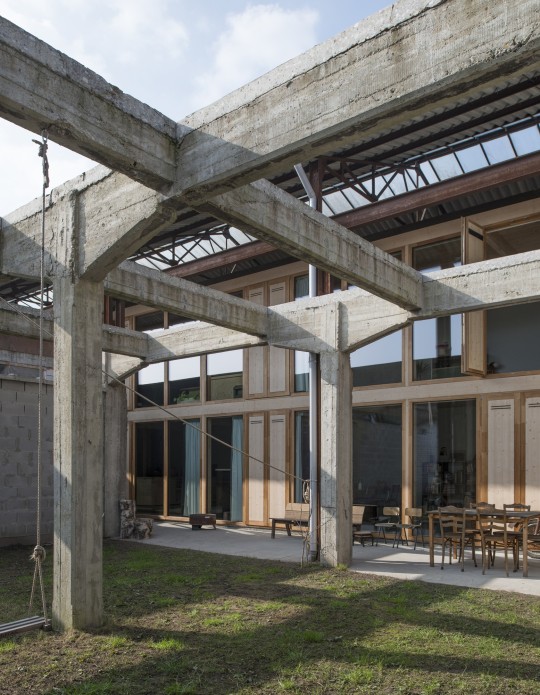






Industrial Conversion, Gent - GAFPA
#GAFPA#architecture#design#building#modern architecture#house#interiors#concrete#minimal#house design#industrial#extension#renovation#old and new#agricultural#courtyard#living room#belgium#ghent#cool architecture
74 notes
·
View notes